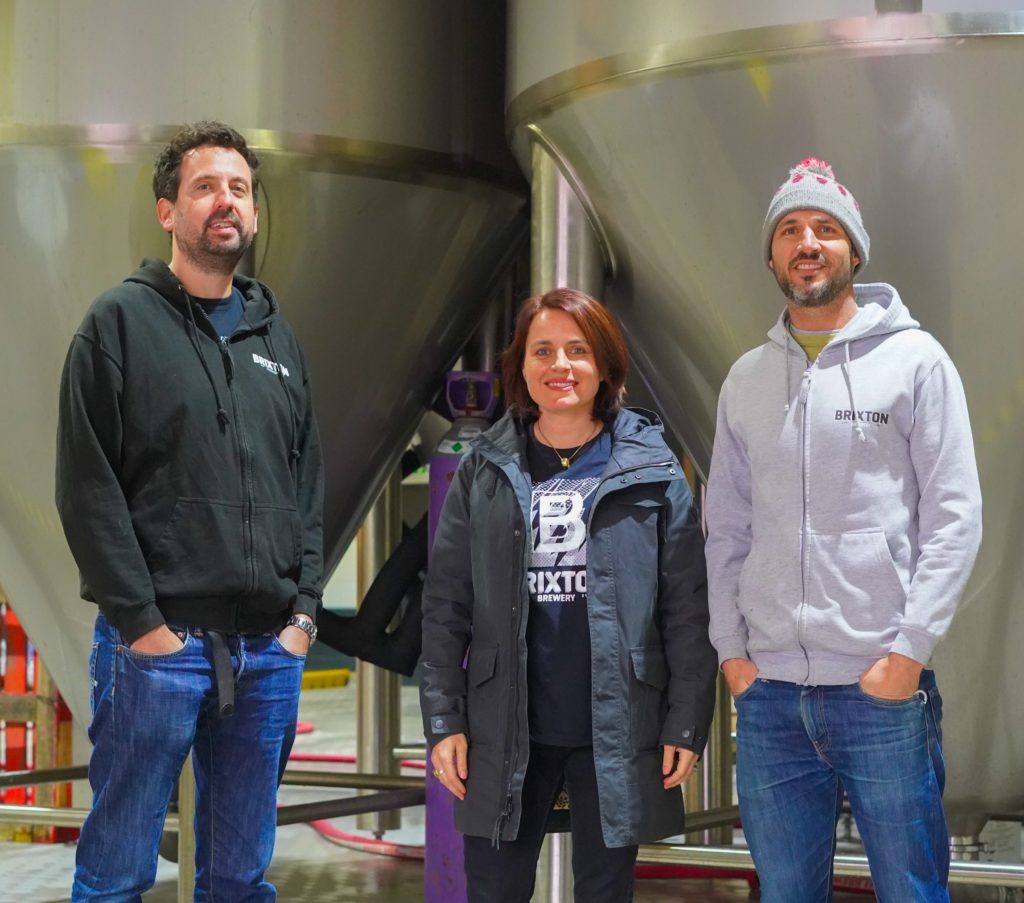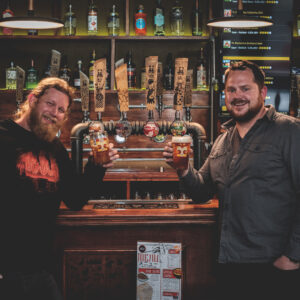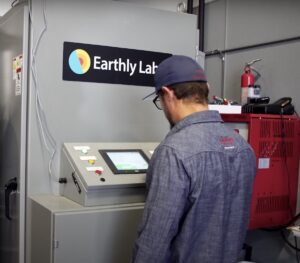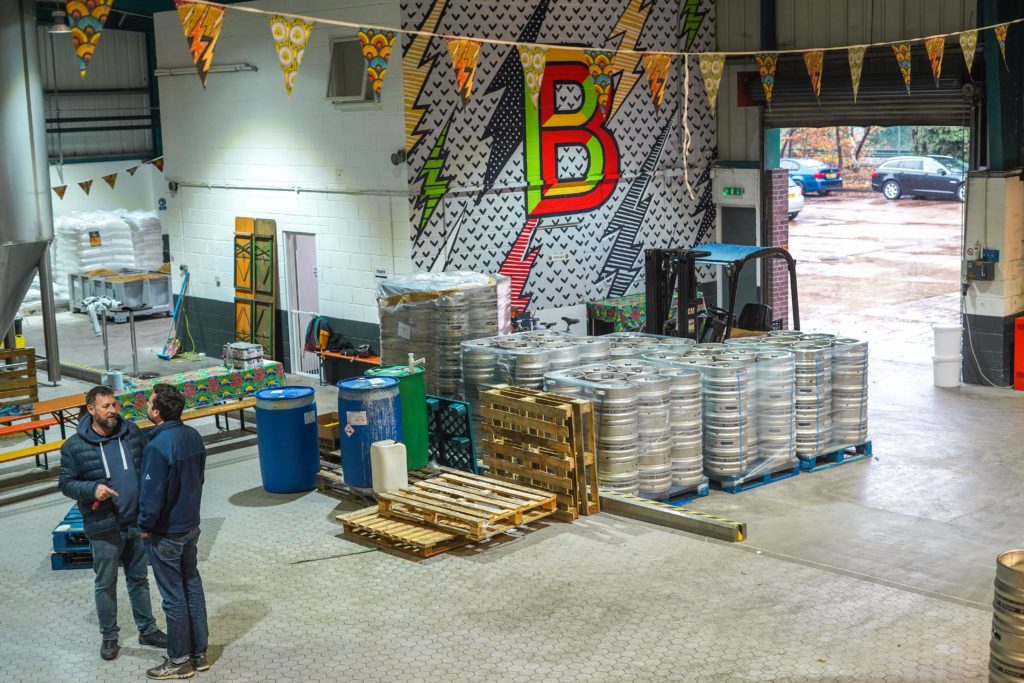
Brixton Brewery has done a great job of placing South London on the brewing map since starting out in 2013. But a life-changing approach from Heineken has allowed the team to accelerate their growth plans, employ more staff and increase the brewery’s visibility. And they’re just getting started, reports Tim Sheahan.
A year can be a long time, and it can also fly by. At times, it can feel like both.
I first met Jez Galaun, co-founder of Brixton Brewery, back in 2016. Dressed head to toe in brewing overalls, he was under the cosh, balancing half a dozen different tasks while also overseeing a brew at the company’s railway arch brewery.
The South London site – just a stone’s throw from the frenetic, melting-pot high road that connects Brixton Road and Brixton Hill – was full to the brim. This was the sign of a business enjoying steady growth, but one that was balancing the endless commitments that comes with such territory.
It was a moment that is both a distant memory, yet one this writer recalls vividly.
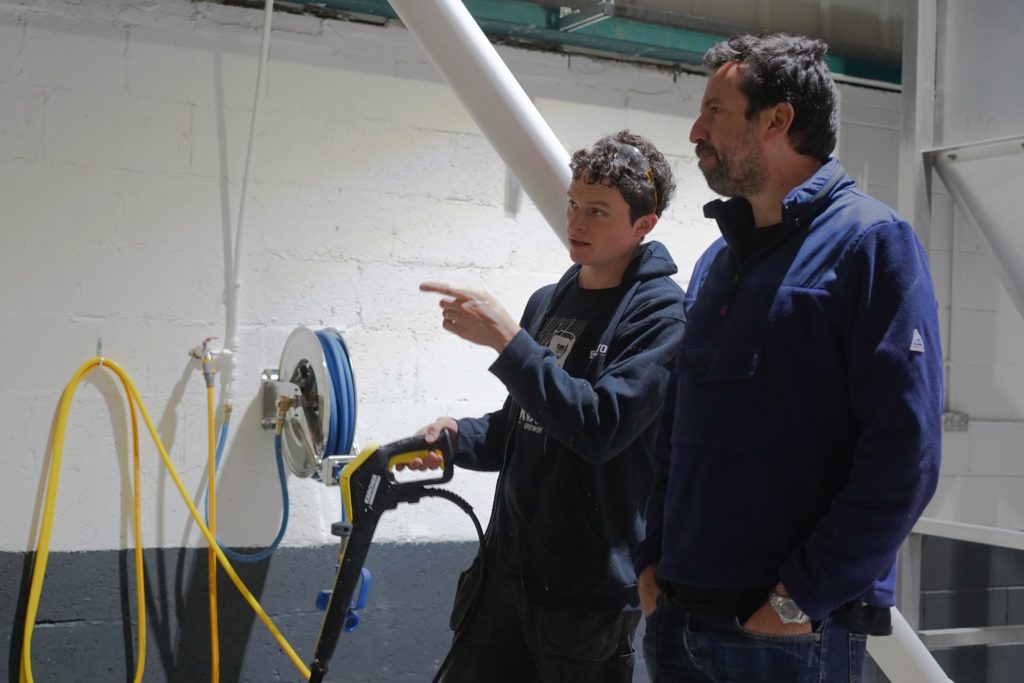
Fast-forward more than 18 months and Galaun is in attendance at the inaugural Brewers Congress 2017, an educational event organised by this very publication. Talks were delivered on areas such as branding, the barriers to growth, as well as the exciting opportunities that are out there for breweries.
The following day, Brixton Brewery announced the biggest news in its short history. That it had partnered with Heineken UK in a deal that would enable the business to open a second site in Brixton, boost capacity nearly tenfold from its 3,000hl site to up to 30,000hl, and significantly grow its team as a result.
One year on, Galaun and Brixton Brewery, co-founded by Libby Galaun, Mike Ross and Xochitl Benjamin, are looking very much at ease in their new home. But they know this is just the beginning.
“It was surreal and somewhat strange being in a room with all of our peers without anyone knowing,” explains Galaun. “The year that has followed was crazy, if I’m honest. Building a new brewery feels like starting again.”
He adds: “We’ve had much to learn and we want to go as fast as we can, but we’re particularly conscious of the pressure that would put on us as a team. So we’re simply trying to build things up step by step.”
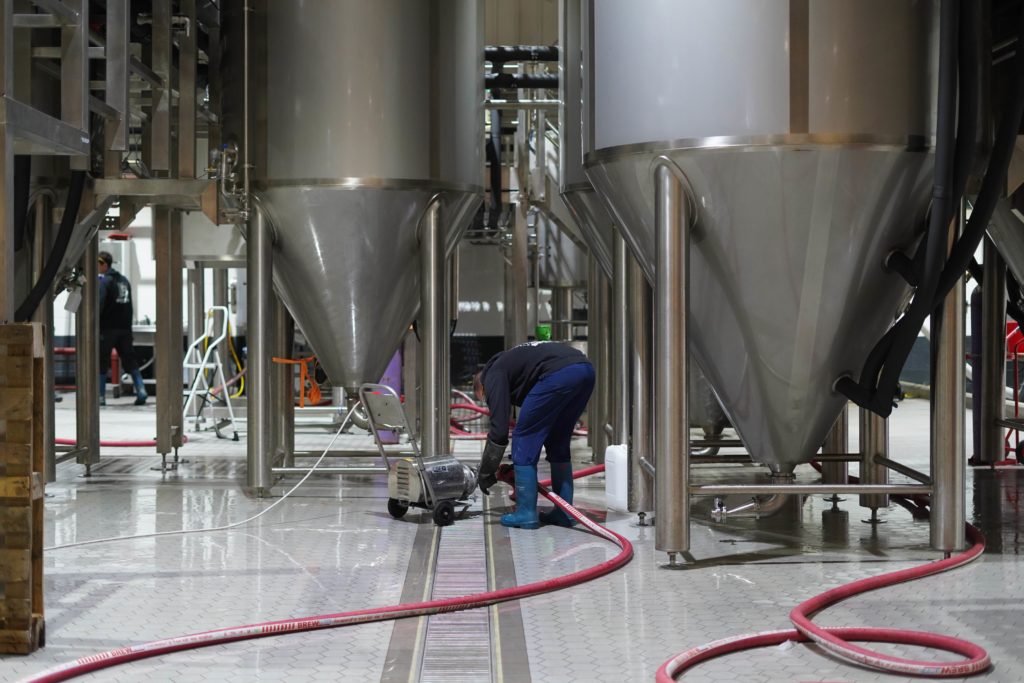
And that’s exactly the approach they’ve taken. The new brewhouse, manufactured by Gravity Systems, has produced in excess of 50 batches since it was commissioned earlier this year. The brewery also has a sales team for the first time in its five-year history.
The imminent appointment of new sales person complements a sales manager and brewery ambassador, tasked with winning new business outside of the brewery’s South London home where much of its beer has traditionally been sold.
“London is a big market and to make a mark, you are going to wear out a lot of shoe leather,” says Galaun. “Until we moved into this brewery, we focused a lot on small pack as it helped us get our beer out there. When you’ve only got a little bit of beer to sell, you focus on the smaller containers. We can change that now.”
Fifty percent of their beer produced at the brewery’s old – and still operational – site at Arch 547 on Brixton Station Road went into bottle, while the remainder was split between cask and keg. Since the move, close to 70 percent of the beer Brixton Brewery produces goes into keg while the rest is canned and bottled.
“We really want to make our canning line sweat in 2019,” he says.
The scale and scope of Brixton Brewery’s new facility is impressive, but there is still much room to grow into, as well. New FV tanks will arrive in the new year while the bottling line, currently operational at its older site, will be moved into the new brewery so to bring all packaging under one roof.
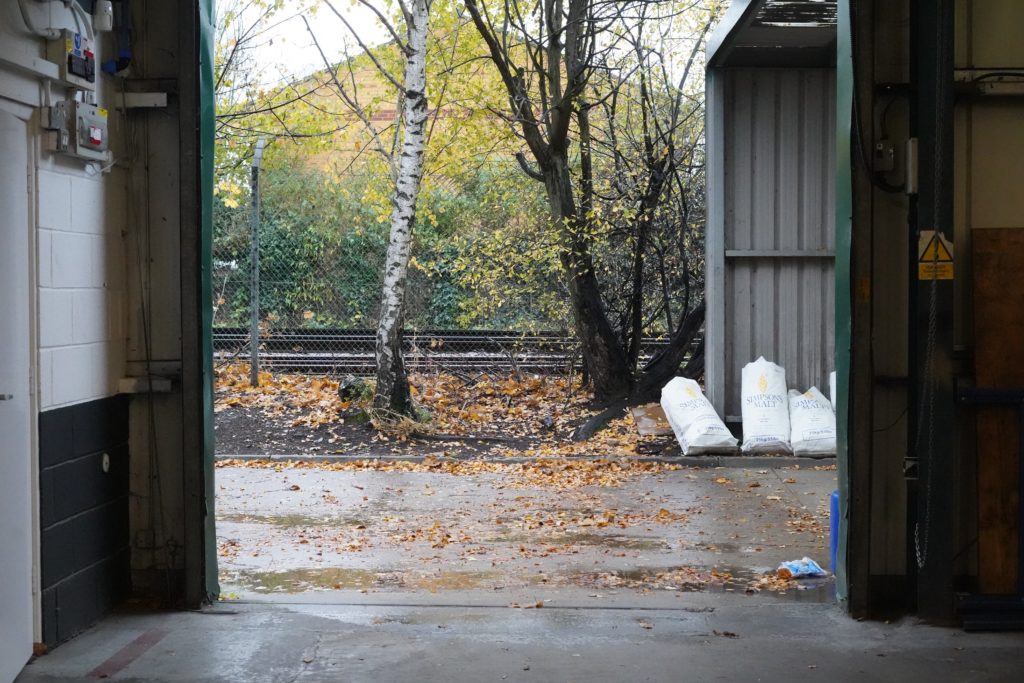
This methodical approach follows months of getting to grips with the company’s new brewhouse. Such a jump has been exciting for the team, but it’s not without its challenges, too.
“We’ve wanted, and needed, to take time to understand the different efficiencies this new kit offers. Whether that’s how we extract sugars from the malt, or the flavour and bitterness from the hops,” says Galaun. “We also need to make sure that we are getting the right yield from the equipment, because that doesn’t simply happen straightway.
“When we started brewing at the new brewhouse, we were getting the flavour we wanted but not the right amount of beer. So we had to adjust things by increasing the amount of wort we were casting from the brewhouse to the fermenters.
“With that, the flavour changes so you’ve got to dial things back in with the amount of dry hop. It has taken quite a few brews of each recipe to say ‘ok we’re happy’ with this flavour profile and the amount of beer we’ve produced. That has been an interesting experience and not something we have had to do before,” he says.
While Heineken has offered its expertise at many levels, it hasn’t engaged in much hand-holding as Galaun and the team grow into their new brewery.
“They don’t brew on this scale or produce the style of beers we brew. But they’ve helped in terms of project management and getting the brewery up-and-running,” he says. “What’s also been valuable is the way they’ve helped in getting the kit in the right place, not just for our needs today, but in five-years time.”
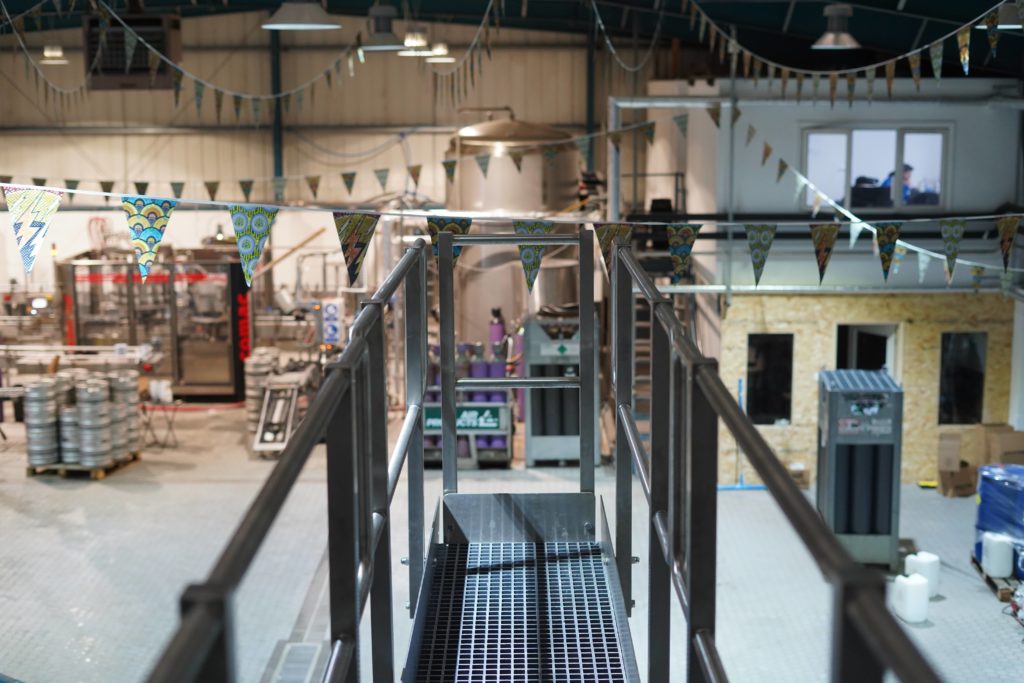
For Galaun, the new site has a logical flow with raw materials coming in one end, going into the brewhouse, then fermentation, before packaging and warehousing. This setup has allowed the team to reach their production goals for 2018, which is producing close to double the 3,000hl capacity its arch site is capable of.
At its maximum, the new setup could produce 30,000hl per annum, but Gallaun sees such output as a way off yet.
“This facility is big enough to hold tanks to produce such volumes, but that’s a lot of brews each week on a brewhouse that isn’t automated. We wanted it that way. We wanted that manual level of control and intervention we had on our old system,” he says. “Other brewhouses were more automated, more suited to brewing multiple times a day.”
What Brixton Brewery did specify though was a whirlpool, with Heineken recommending a three degree slope on such a system.
“Like anything else, they didn’t recommend kit we should buy, they just sanity checked things and ensured each supplier was providing us quality equipment,” he adds.
The addition of a canning line was a big move for Brixton Brewery, kit that has perhaps unsurprisingly been specified with the ability to fill 440ml cans when required. This is something that will see the light of day in 2019, with Galaun identifying lager and “hazy, hoppy beers” likely to be distributed in such vessels.
While Brixton Brewery always planned to grow, expand and invest in new kit, the Heineken partnership enabled the team to accelerate such plans.
They’ve never looked back.
“It was serendipity, I suppose,” says Galaun. “We had long reached maximum capacity in the Brixton arch. There was no way we could add any more fermenters!”
With that, the company identified an 8,000sqft site located on Brixton Hill, half the size of the site they now have. However that site came off the market and at the same time, late 2016, they received an approach from Heineken.
“They emailed out of the blue to tell us that they liked what we were doing, their desire to talk and to discuss how we could work together. It was to the point,” he explains.
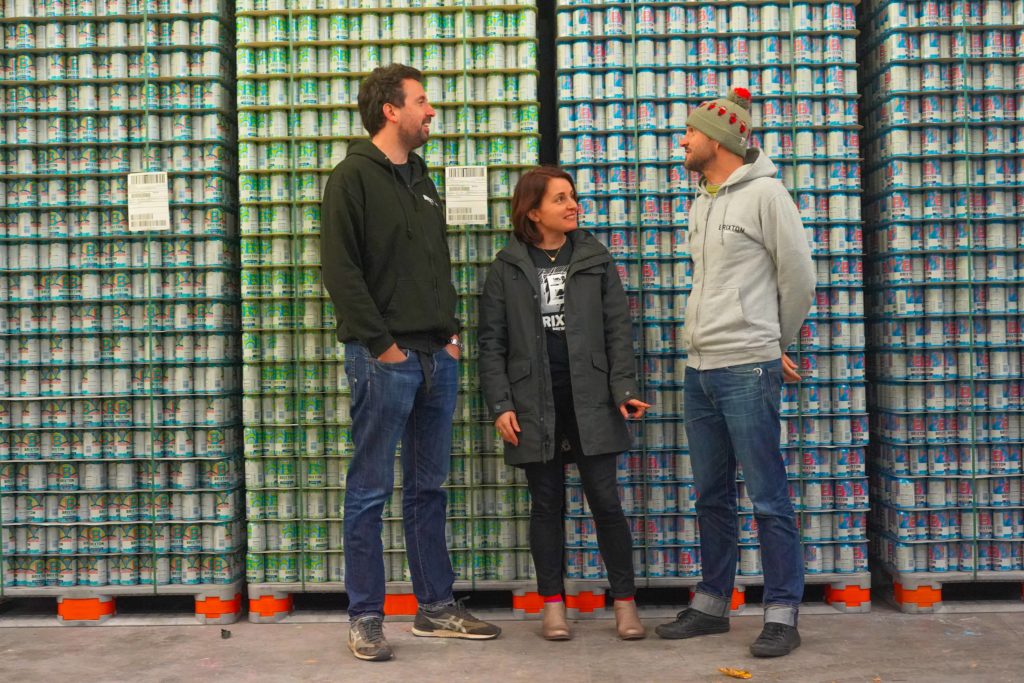
Galaun says he and the team were “humbled” that such as business had noticed what they were doing on a relatively local, modest level.
“You don’t get that type of email every day, and we’re an open-minded bunch so it made obvious sense to agree to talk,” he says.
“And we made them come and brew with us!” laughs co-founder Xochitl Benjamin. “We outlined our vision for the business and that was something they wanted to get behind. We don’t think this current setup would have been achievable for us if we had used crowdfunding or similar.”
These discussions continued for 12 months until Brixton Brewery announced the deal in November 2017. And the team remain heartened by the response to news.
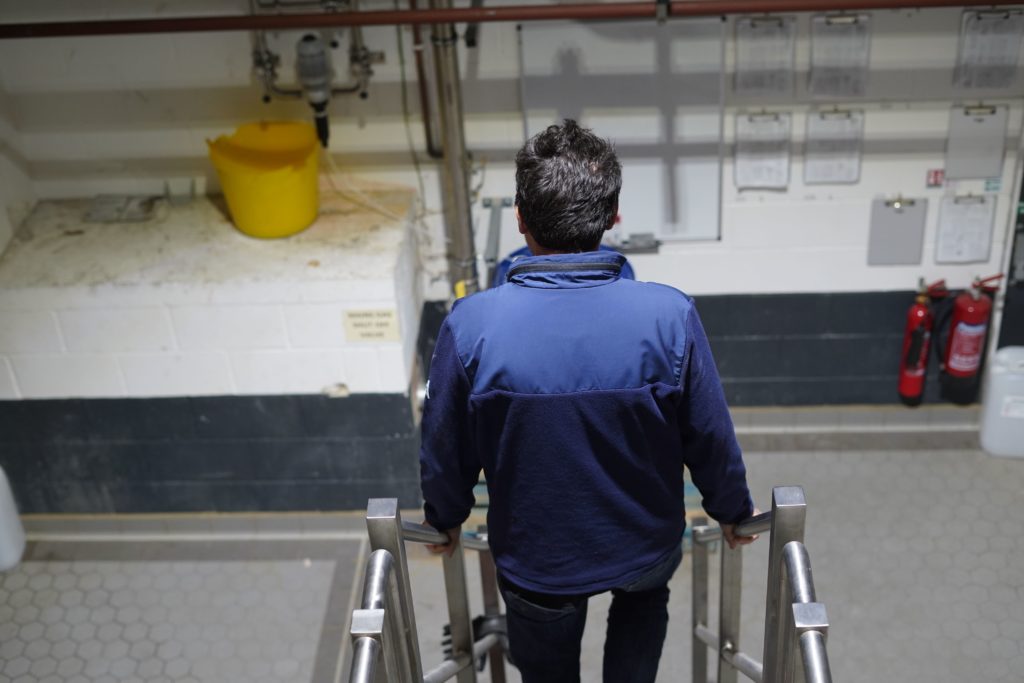
“We had a lot of people congratulate us, acknowledge the hard work we had put in and tell us it was a great opportunity for us and our beers,” recalls Galaun. “That meant a lot.”
He adds: “A lot of breweries in our position know how hard it is to grow in London when it comes to identifying suitable space. We were fortunate to find a path to allow us to carry on with our journey; there’s a lot of breweries looking for that same next step. They could relate to us and the opportunity we were given.
“For us, much of this partnership is about us making the best beer we can. We want to place Brixton on the map for great beer. That’s not something we felt we could do as well in the old site when it comes to the level of quality control and analysis. But we can, now.”
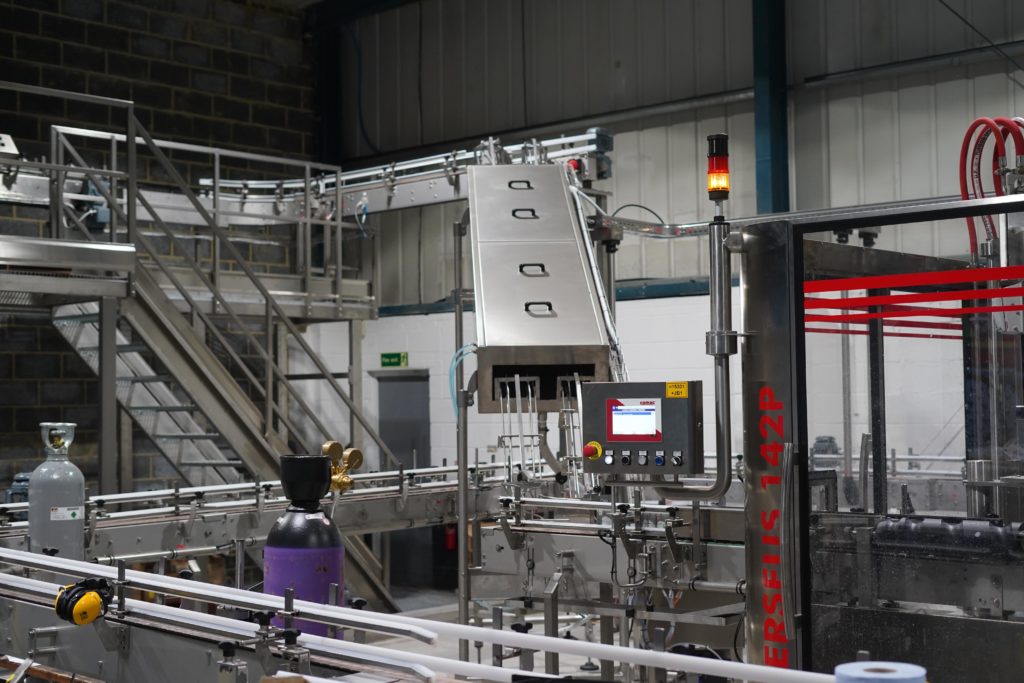
Galaun is enthused with the beer the brewery is producing, noting a stable wort heated by its steam system. Packaging quality has experienced an uplift too, with lower dissolved oxygen levels being achieved in the three canned beers it produces: Reliance Pale Ale, Atlantic A.P.A and Low Voltage Session IPA.
The brewery’s co-founder is also positive about the impact the tie-up will have on the team as a whole.
“We want to give our staff the opportunity to grow as professionals but also improve their quality of life, too. Brewing and living in London can be tough, and you have to be very passionate about what you do. We want to ensure our staff can grow with us, in work and outside of it,” she says.
A positive working environment will also pay dividends for Brixton Brewery as it further grows into its new home, and its relationship with Heineken evolves, too.
The brewery’s beer has already made it to around 15 of the multinational’s Star Pubs and Bar estate, a number that will only grow in time. But for now, the focus is still firmly rooted on developing direct relationships across London, fulfilled by the brewery’s sole trusty delivery van.
You get the impression that such an approach suits Galaun and the team, while they continue to get to grips with Brixton Brewery 2.0.
“The task of setting up a new brewery is almost like starting a business all over again and it is very, very intense. We’ve been fortunate that we’ve had help and project management advice, so I have massive respect for those that make that journey alone,” he says.
Galaun adds: “I think that we’ve taken a quantum leap going from a small 10 hectolitre railway arch setup to a 50 hectolitre 15,000sqft facility.
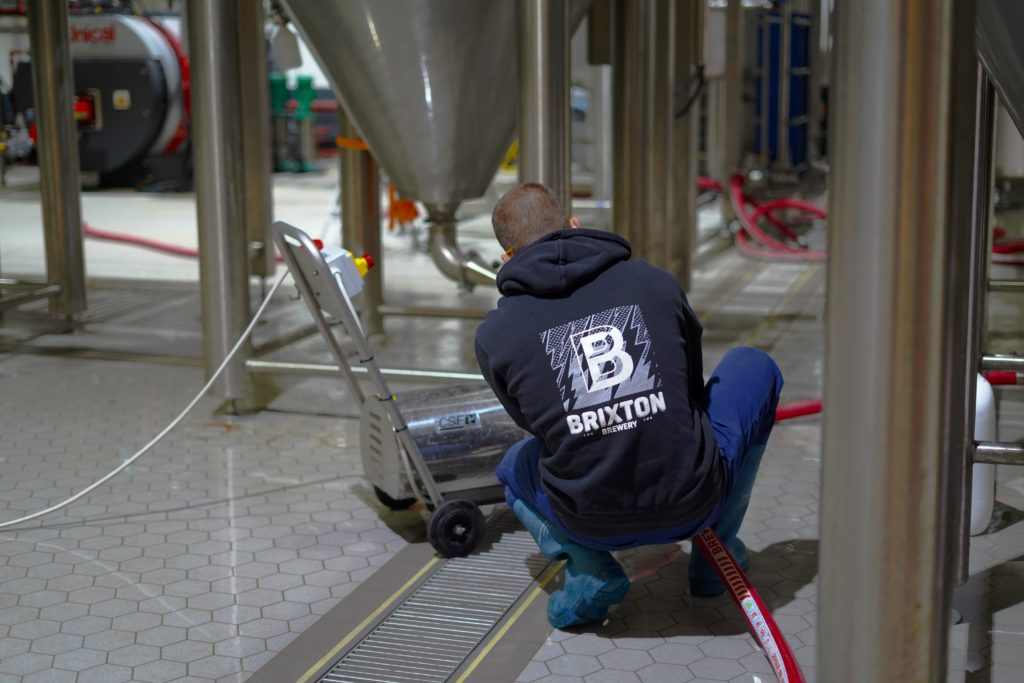
“Then away from production, we’ve had to really think a lot more about our brand, what it means to us and what message we want it to convey. You spend a lot of time thinking about that when you’re supplying locally, but that ramps up incredibly when your beer is reaching a wider audience.”
And reaching a wider audience will become more commonplace for Galaun, Benjamin and the Brixton Brewery team in 2019 and beyond.
Concentrating on producing a quality core range of beers remains the priority, while the older site will enable production of more seasonal and experimental beers and offer up a stronger taproom experience in due course.
“We want our beer in more places than ever before. But not at the compromise of quality, either,” says Galaun. “We want more people discovering what we do, enjoying it, and associating Brixton with great beer.”

